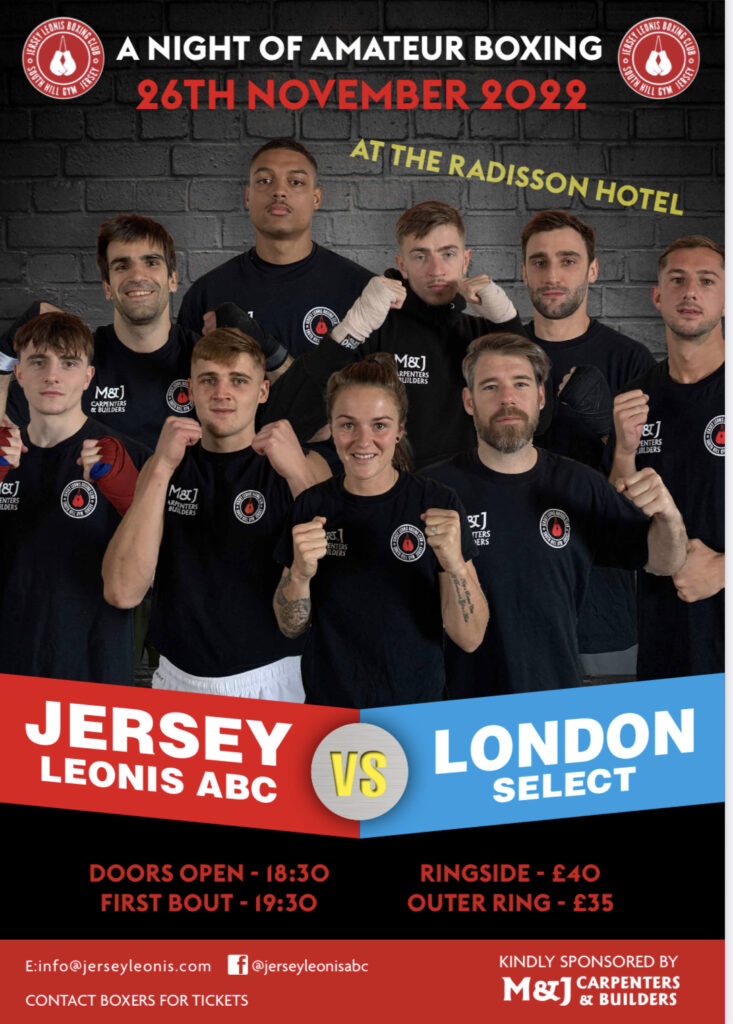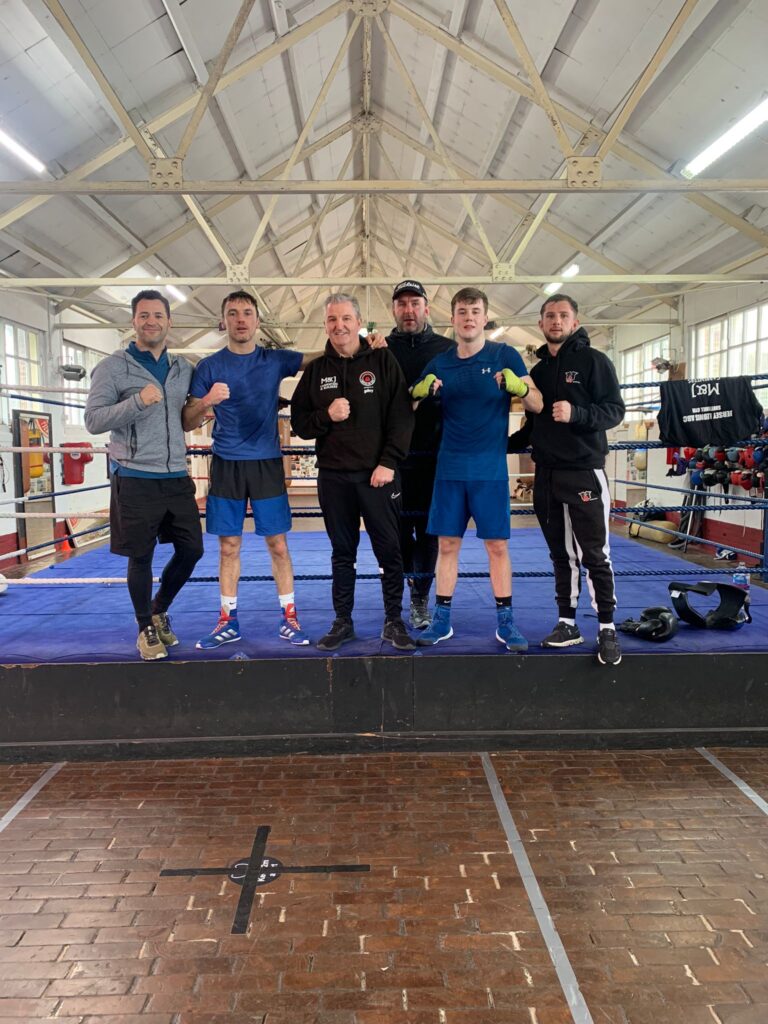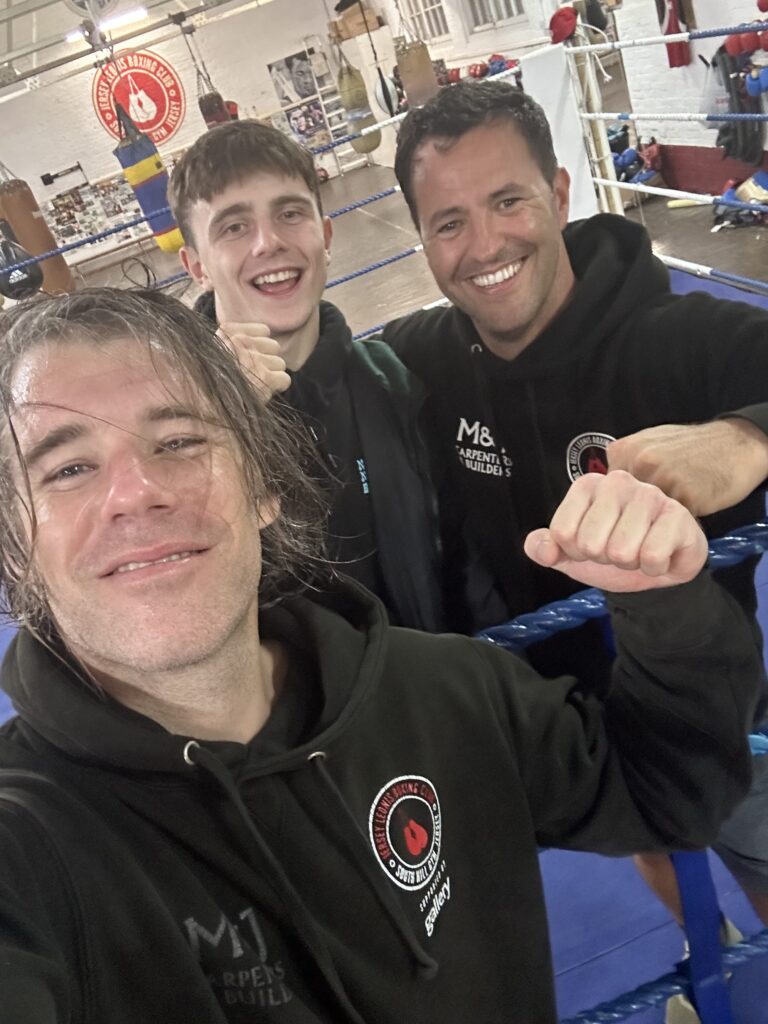
Boxing teaches risk in a supervised, structured environment with rigorous safety checks in place. It teaches that actions have consequences. That if you do not move quick enough you can get hit.
Boxing reaches out to the places that other sports do not reach. Why? Because it engages with young people on their own terms and recognises that frustration and aggression that is so often the hallmark of teenage years. It reaches into the underground world which engulfs so many school youths, which many other forms of social engagement cannot penetrate.

When it comes to safety, a recent article in the British Medical Journal concluded that “there is no strong evidence for brain injury” from properly conducted amateur boxing. (Loosemore: BMJ, 20 October 2007, volume 35, page 812.)
Amateur boxing has become one of the safest contact sports. (Br J Sports Med 2002;36:394–395)
“It must be satisfactory to all true lovers of the Art, as a national and progressive institution, to feel that the past few years have witnessed changes—mostly in the right direction—in the science of Boxing.”

This was written by Allanson-Winn in 1897. Since then, more than 1200 articles have been published on medical and ethical aspects of boxing, usually not differentiating between amateur and professional. Most of the studies have methodological problems: few cases were analysed; there was a lack of adequate controls; in many studies the boxers were about 60 years old and were boxing before safety rules and careful medical supervision had been introduced; the authors could not distinguish between the late impact of the blows and the effects of the ageing process or other factors, such as alcohol consumption, that produce similar clinical and morphological changes in the brain.
During the last two decades, amateur and professional boxing have become completely separate. The main differences are as follows.
Amateur boxing uses the same set of rules worldwide, whereas the various governing bodies in professional boxing have different sets of rules. White Collar boxing has no regulated rules.

In amateur boxing the main objective is to score points, and the knockout or knockdown is a by-product. In professional boxing knockout and/or knockdown is an objective.
In amateur boxing the wearing of a headguard is mandatory at certain weights and for female boxers, whereas in professional boxing the use of a headguard is prohibited.
In amateur boxing the ringside doctor may suspend the action at any point to examine the boxer and his decision to stop or continue a bout is binding, whereas in professional boxing this rarely happens.

In amateur boxing if a boxer is “down” and fails to resume boxing within 10 seconds (KO) or if a boxer is unfit to continue having received several hard blows to the head (RSC-H), he is not allowed to compete or workout in the gym for a specified period of time (at least four weeks). In professional boxing, in theory this is done but not in all cases.
The medical commission of the International Amateur Boxing Association (AIBA) recorded the statistics of five Olympic Games and eight World Championships between 1980 and 1999 (4043 boxers, 3887 bouts). In 1980 at the Olympic Games, 11% of bouts ended in KO and 6.4% in RSC-H, and bouts were stopped because of injury (mostly to facial areas) in 12.2%. At the World Championships in 1999, the equivalent values were 0.3%, 1.5%, and 0.3%.
The main reasons are:
All novice boxers undergo a comprehensive medical evaluation. The results are recorded in the boxer’s record book. No boxer is allowed to compete at any tournament without the production of his/her record book. The England Boxing medical handbook contains a list of pathological findings that preclude a person from becoming a boxer.

During a tournament, on the day of the bout the ringside doctor carries out a physical examination before the competition to ensure that the boxer is fully fit to box. This medical check-up is also recorded in the boxer’s record book.
During the bout, the ringside doctor has the right to stop the bout for medical reasons. In the case of a knockout, the management follows the guidelines of the England Boxing Medical Handbook.
If there is transient confusion, no loss of consciousness, and the symptoms resolve in 15 minutes (grade I), the doctor should perform a thorough medical examination to determine the need and nature of further medical observation or hospital admission.
If the concussion symptoms last for 15 minutes, but there is no loss of consciousness (grade II), after a medical examination the boxer is taken to hospital for a neurological examination and computed tomography.
If there is any loss of consciousness, either brief (seconds) or prolonged (minutes), the boxer is immediately transferred to the nearest emergency department by ambulance. Return to boxing depends on the severity of the concussion, but a 28-day rest period is the minimum.

Repetitive concussion or subconcussive blows to the brain may lead to chronic traumatic brain injury. Although studies indicate that amateur boxers do not exhibit any particular signs of neuropsychological or cerebral blood flow dysfunction, to minimise the risk of this, after repeated KO or RSC-H the rest period is one year or even enforced retirement.
It is debatable whether headguards diminish the impact of a blow, but it is indisputable that, since their mandatory use in amateur boxing for certain participants, the rate of facial injuries has dramatically diminished.
In amateur boxing the referees watch the athletes more closely than in many other contact sports, and they stop the bout immediately if a boxer is unfit to continue. The increasing rate of RSC (referee stopping the contest) indicates the increased control in the ring.
The modifications of the AIBA rules over the last two decades based on medical considerations have served to protect the boxers.
We know that getting back into fitness is tough! Let us help you achieve your weight boxing workouts.